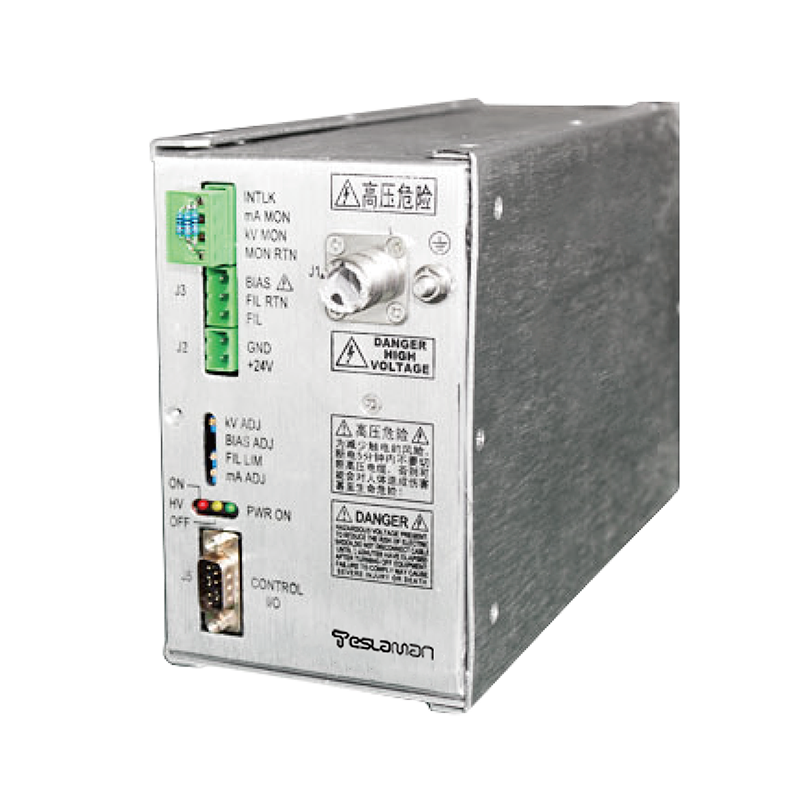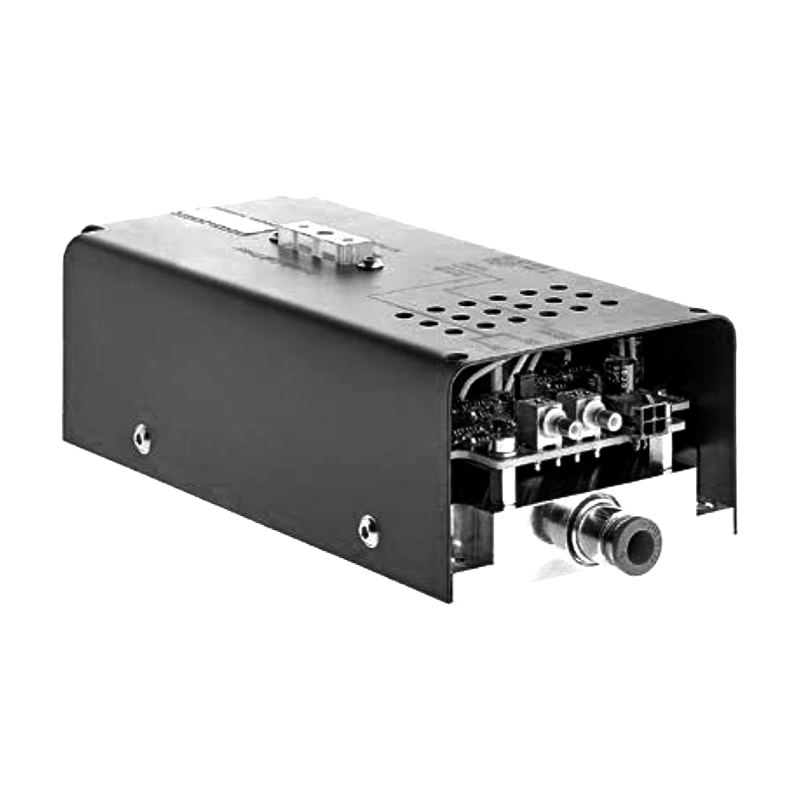Key Technologies of High-Voltage Power Supplies in Cable Fault Detection
In modern power systems, cables serve as the core carriers for electrical energy transmission, making their safe and stable operation of utmost importance. However, cable faults often occur due to long-term load operation, environmental erosion, or construction damage. As the core component of cable fault detection systems, high-voltage (HV) power supplies directly influence the accuracy and efficiency of fault localization. This article discusses the key technologies and application aspects of HV power supplies in cable fault detection from a professional perspective.
1. Technical Characteristics and Functional Positioning of HV Power Supplies
The core role of HV power supplies in cable fault detection is to provide energy for fault point breakdown and signal excitation. Their technical characteristics must meet the following requirements:
1. High Voltage Stability
The output voltage fluctuation should be controlled within ±1%, ensuring reliable breakdown of fault points under different cable insulation conditions. For example, in high-resistance fault detection, stable HV output prevents intermittent breakdown caused by voltage attenuation, thereby improving the continuity of detection signals.
2. Wide Range Output Capability
The voltage regulation range typically needs to cover 0-30kV (or higher) to adapt to the detection requirements of cables with different voltage levels (e.g., 10kV and 35kV distribution cables). Meanwhile, the current output must support a constant current mode to handle large current surges in low-resistance faults.
3. Intelligent Control and Protection
Integrated with overvoltage, overcurrent, and temperature rise protection mechanisms, the power supply adjusts output parameters in real time through a closed-loop feedback system. For instance, when cable insulation breakdown is detected, the power supply must switch to pulse output mode within microseconds to avoid secondary damage to the cable from continuous high voltage.
2. Key Technical Implementation Paths
(1) Topological Structure Design
The topology of HV power supplies directly determines their performance limits. Current mainstream solutions include:
Series Resonant Topology
Generating sinusoidal HV through an LC resonant circuit, this approach offers advantages such as small size, high efficiency (exceeding 90%), and good matching with the capacitive load of cables. Suitable for low-loss detection of long-distance cables, it requires extremely precise control of the resonant frequency (error <0.5%).
Pulse Modulation Topology
Using power electronic devices like IGBTs to generate high-voltage pulses (e.g., nanosecond-level steep-front pulses), this technology effectively excites electromagnetic radiation signals from fault points. Widely applied in radar and traveling wave detection methods, its pulse repetition frequency (PRF) must be协同设计 (cooperatively designed) with the detection system's sampling rate (typically 1-10kHz).
(2) Insulation and Heat Dissipation Technologies
1. Composite Insulation Design
Composite solutions such as epoxy resin casting and SF₆ gas insulation are used to ensure that the partial discharge amount of the power supply is <5pC under 30kV high voltage. In outdoor detection scenarios, a sealed structure is required to prevent moisture intrusion, while an insulating oil circulation system enhances the surface flashover voltage.
2. Thermal Management Technology
For high-power conditions (e.g., continuous output of 500W), micro-channel liquid cooling or heat pipe cooling is employed to control the temperature of core components below 70°C. Improved heat dissipation efficiency can extend the continuous operation time of the power supply to over 4 hours, meeting field operation requirements.
(3) Synchronous Triggering and Signal Coupling
HV power supplies must achieve nanosecond-level synchronous triggering with detection sensors to ensure the time measurement accuracy of traveling wave signals. Typical solutions include:
Hardware Triggering: Transmitting trigger pulses via coaxial cables with a delay error <1ns;
Optical Triggering: Using optical fibers to transmit isolated signals, suitable for strong electromagnetic interference environments with anti-interference capability improved by three orders of magnitude.
In signal coupling, a capacitive voltage divider module (voltage division ratio 1000:1) linearly converts high-voltage signals into low-voltage measurement signals, with a frequency response covering DC-100MHz to retain fault characteristic harmonic components.
3. Application Scenarios and Technical Challenges
In practical detection, the technical selection of HV power supplies must be dynamically adjusted according to fault types:
Low-Resistance Faults (<100Ω): The pulse current method is preferred, requiring the power supply to have instantaneous large current output capability (peak >50A) for rapid fault point breakdown;
High-Resistance Faults (>1MΩ): The DC high voltage superimposed with impulse method is suitable, gradually increasing the voltage to the critical breakdown voltage (usually 1.5 times the rated cable voltage) and using waveform analysis for precise positioning;
Flashover Faults: The power supply must output impulse voltage with a steepness >100kV/μs to excite transient signals generated by intermittent discharges.
Current technical challenges mainly focus on:
1. Parameter drift control in wide temperature ranges (voltage stability must be maintained at ±2% within -40°C~85°C);
2. Balance between miniaturization and high power density (target volume <400mm×300mm×200mm, power density >1.5W/cm³);
3. Electromagnetic compatibility (EMC) design, requiring radio frequency interference (RFI) suppression below EN 55032 Class B standards.
4. Development Trends
Future HV power supply technologies will evolve toward intelligence and integration:
Digital Control: Introducing DSP+FPGA architectures to implement adaptive adjustment algorithms, such as neural network-based fault type recognition and power supply parameter pre-adjustment;
Multi-Modal Fusion: Supporting multiple output modes (AC/DC, pulse, variable frequency) and compatible with multi-detection methods like time-domain reflectometry (TDR) and frequency-domain reflectometry (FDR);
Green Energy Efficiency: Using soft switching technologies (e.g., LLC resonant topology) to reduce switching losses, improve efficiency to over 95%, and minimize electromagnetic pollution.




















